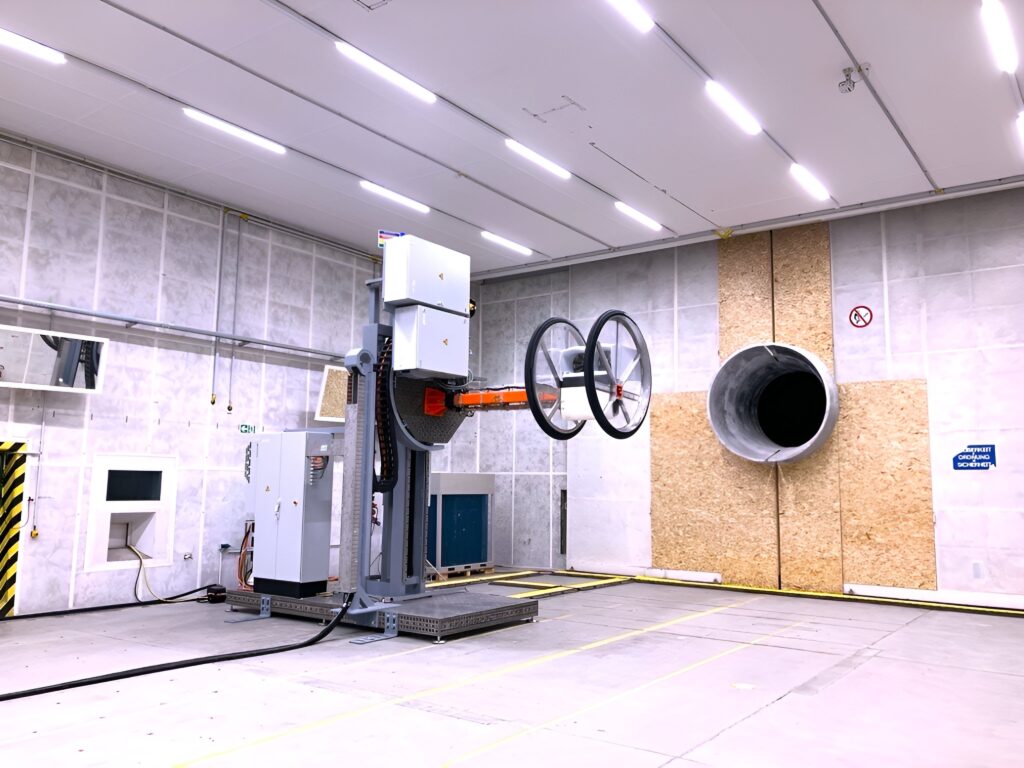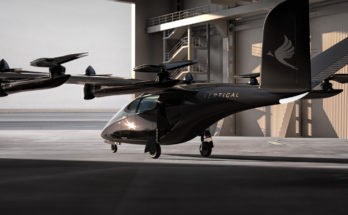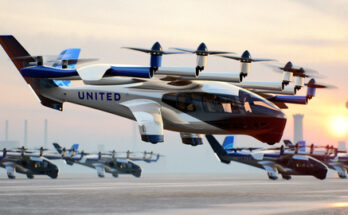
Lilium NV has completed a first series of tests of the electric jet propulsion unit for the company’s Lilium Jet electric vertical takeoff and landing (eVTOL) aircraft. For the first time, the electric engines were taken to maximum thrust on a propulsion unit test bench. Lilium said that the tests demonstrated the expected level of performance and reliability, bolstering its confidence in the maturity of the propulsion system.
Testing of the propulsion unit, which comprises two engines within a propulsion mounting system, was carried out at Lilium’s dedicated propulsion unit testbed, located at Lilium headquarters near Munich, Germany. The testbed was designed for aerodynamic and electrical performance evaluation of the firm’s jet technology.
The new engine was developed and manufactured in collaboration with Lilium’s team of suppliers. The team includes Denso and Honeywell for the e-motor, Aeronamic for the compressor fan, and SKF for the electric motor bearings.
Meanwhile, Lilium is gearing up for initial series production of the Lilium Jet propulsion unit at its propulsion assembly line near Munich. Aernnova recently completed the first build of the propulsion mounting system, which is the structure that houses the propulsion and vectoring systems and forms the rear portion of the wings and front aerofoils.
Earlier this month, Sener delivered the first set of servo-actuators for the Lilium Jet. Each Lilium Jet will include 16 servo-actuators. Their purpose is to rotate the 30 electric propellers installed on the aircraft, allowing it to transition from vertical flight mode during takeoff and landing to horizontal flight and back again. Sener plans to deliver a total of 104 servo-actuators by the end of 2024 for the Lilium Jet’s ground testing and certification flight phases. Later, Sener is to provide servo-actuators for serial production of the aircraft.
Raymond Jaworowski currently co-authors three of Forecast International's best-selling products: Civil Aircraft Forecast, Military Aircraft Forecast, and Rotorcraft Forecast. As a contributor to Aviation Week & Space Technology's Aerospace Source Book, he has authored Aircraft Outlooks, and provided input for the publication's Aircraft Specifications tables. Raymond has represented Forecast International at numerous conferences and trade shows, often as a featured speaker. He is a member of the American Helicopter Society.




